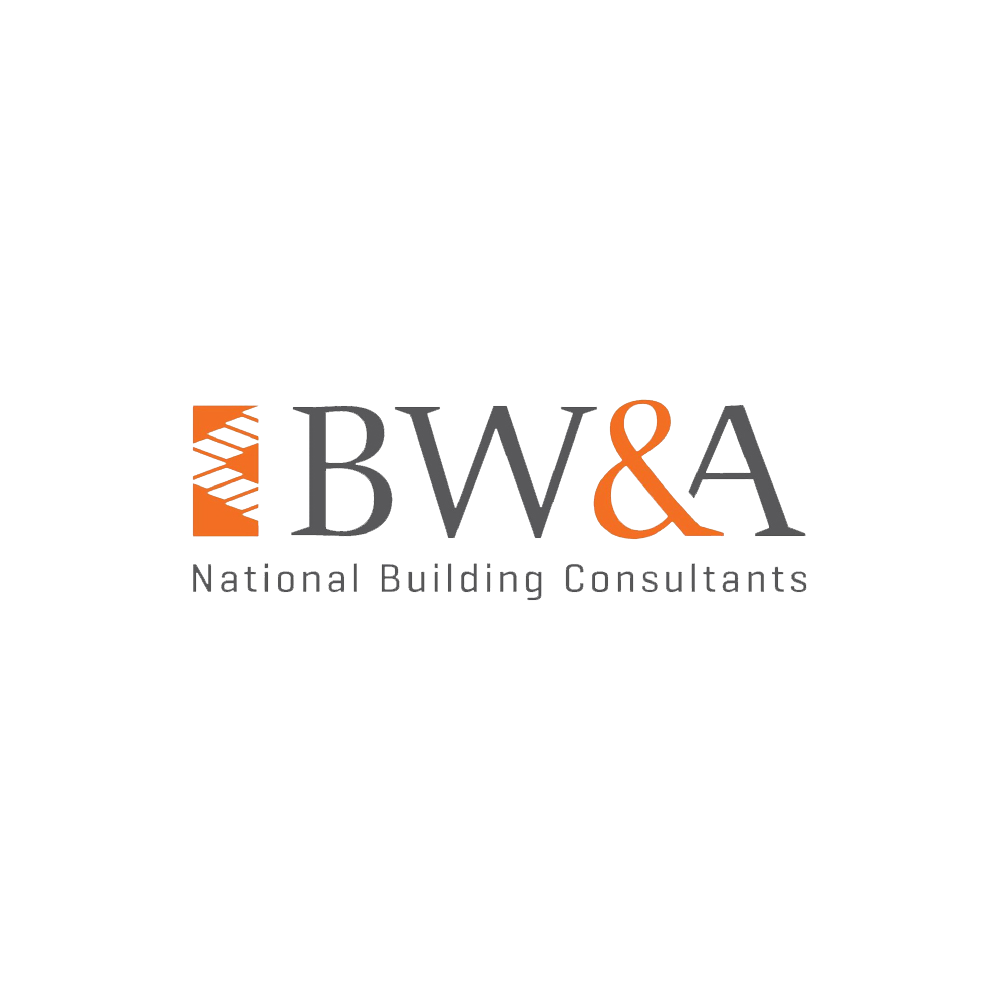New silica rules for engineered stone in Victoria
- Admin
- Nov 8, 2022
- 3 min read
Updated: Jul 20, 2023

What's the deal?
New rules will be introduced in Victoria that require businesses working with engineered stone to be licensed as well as manufacturers and suppliers to only provide the engineered stone to businesses with the appropriate licence.
Businesses that fail to comply with the licensing requirements will face infringements or court-imposed fines of 6 to 500 penalty units (up to $90,870), while individuals can be fined 1.2 to 100 penalty units (up to $18,174).
Why?
It comes as part of the changes to the Victorian OH&S regulations to manage the risk of dust exposure that contains crystalline silica.
Engineered stone can have very high quantities of crystalline silica, which is released when the stone is cut, ground, drilled or abrasively polished.
Without appropriate control measures in place, exposure to dust containing crystalline silica can lead to diseases like silicosis.
The transition has been underway since November 2021 and will take full effect on the 15th of November 2022
Where do the changes apply?
in factories and manufacturing facilities working with engineered stone, and on building sites where the engineered stone is handled in a way that generates silica dust in the air. This includes being cut, ground, drilled or abrasively polished.
Anyone who is in control of a site, including builders, must ensure that workers handling engineered stone in a manner that generates silica dust, and that the business employing those workers hold the appropriate license.
What is an engineered stone licence and who needs one?
A licence is granted to a business (either an employer or self-employed person) to work with engineered stone if they meet the necessary safety requirements.
An application will need to include:
A hazard control plan for working with engineered stone.
Details about the information, instruction and training provided to employees that cover the risks associated with working with engineered stone and the control measures in place in the workplace.
Information about the respiratory protection equipment used (Eg. P2 masks, air purifiers etc).
Operational information, including the number of employees who may be exposed.
Contact details of suppliers and manufacturers that you use, or plan to use, to source engineered stone.
Installation work involving an engineered stone process can occur at another workplace, where it is necessary and not practical to do so at the licence holder's workplace.
Businesses in the stonemason industry are likely to need an engineered stone licence to conduct their business if it involves cutting, grinding and/or abrasively polishing engineered stone.
You will also need a licence to buy engineered stone from a supplier or manufacturer if you intend to undertake an engineered stone process. This applies to purchases for your own business, or on behalf of a licensed business.
An engineered stone licence is valid for five years.
WorkSafe issues engineered stone licences in accordance with part 6.1 of the Occupational Health and Safety (OHS) Regulations 2017.
What’s the definition of engineered stone?
The definition of engineered stone is very broad. It can include other products, not just engineered stone bench tops.
Under the new rules, engineered stone is defined as ‘a manufactured composite stone material that contains resins and 40% or more crystalline silica.’
If a material meets this definition, the engineered stone licence and other requirements will apply to anyone working with that material.
Information on the extent of silica content and composition of the material can be obtained from the manufacturer or supplier of the material through the Safety Data Sheet (SDS) or similar technical documents.
Compliance Code
These new rules come with a new release of the Managing exposure to crystalline silica: engineered stone compliance code.
The new code comes into effect on the 15th of November 2022. It builds on the 2020 code and provides information for anyone who has duties and obligations under the OH&S laws that relate to exposure to crystalline silica dust when working with engineered stone.
Further information can be found on WorkSafe’s website here as well as the OH&S Amendment (Crystalline Silica Regulations 2021)

Comments